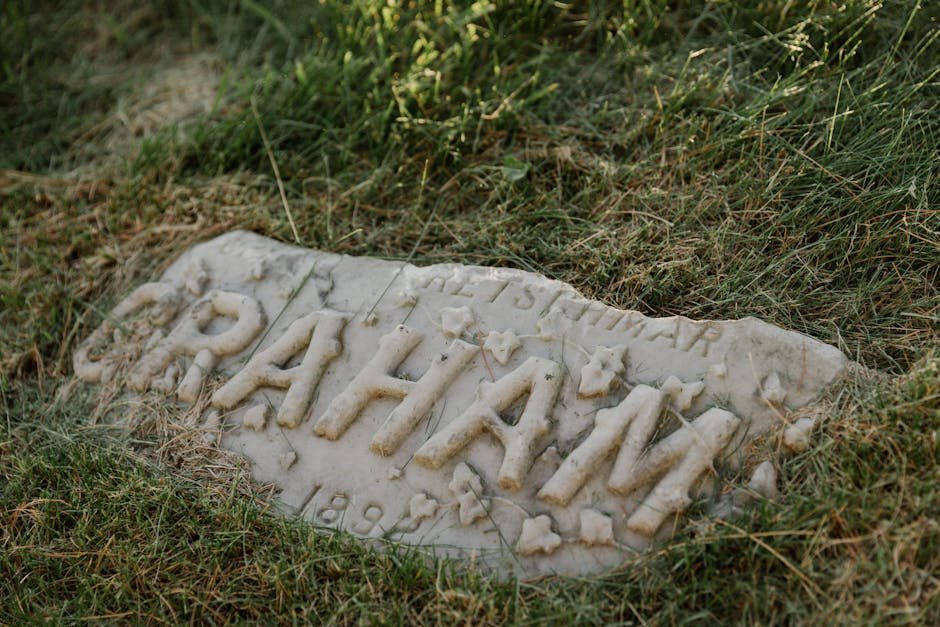Summary
- The Fraser Tombs, dating back over 4,600 years to the 4th and 5th dynasties of Ancient Egypt, are a hidden necropolis northeast of Minya.
- These 15 rock-cut tombs, built for royal stewards and priests of Hathor, showcase intricate carvings, stunning limestone statues, and hieroglyphic inscriptions that reveal the grandeur of Egypt’s Old Kingdom.
- First described by George Willoughby Fraser in 1853, these tombs include the famous Ni-ankh-kay mastaba, which houses remarkable artistic expressions and historical inscriptions.
- The Fraser Tombs remain an open gateway into Egypt’s ancient past, offering visitors a glimpse into the culture, art, and burial traditions of a bygone era.
The Fraser Tombs is a magnificent hidden wonder which was the power to uncover a great deal of incredible facts, tales, and artifacts that can shed light on some of the great periods of Egypt dating back to more than 2600 BC. The most captivating features of this magnificent attraction are the quality and marvelous beauty of the artistic expressions found across all the statues and walls of this marvelous necropolis.
The level of architecture and art will reveal some of the most significant meanings of the great gods and goddesses of ancient Egypt. All fifteen ancient tombs will narrate grand stories of the glorious stature of great figures that shaped the history and culture of the fourth and fifth dynasties of Ancient Egypt.
The Hidden Location of the Fraser Tombs in Minya
The Fraser Tombs can be found in Upper Egypt, 10 km (6.2 mi) northeast of Al Minya, which is 2 km (1.2 mi) south of an old limestone quarry known as Tihna el-Gebel village. They are part of a bigger Necropolis found in the great ancient town of Mer-nefer(et) (also Per-Imen-mAt-chent(j), TA-dehenet, or Akoris), which is 3 km (1.9 mi) long.
The Magnificent History of the Fraser Tombs
The history of these 15 rock-cut burial chambers dates to the 4th and the 5th dynasty of the old kingdom (2700 – 2200 BC), to great stewards of the royal estate and the priests of Hathor, who were also linked to the ancient city of Rhent, which was also known as Akurs. The tombs also contained their wives, children, and even their relatives. The construction of the tombs ended during the reign of Pharaoh Menkau Ra in the 6th dynasty around 2420 BC.
The tombs are one of the most unique tombs of ancient Egypt, which were discovered in 1853 during the fall by an expert German Egyptologist known as Heinrich Brugsch, and a British civil engineer, George Willoughby Fraser, was the first person to describe it, which explains why it was mentioned by that name. Many great number of excavations were conducted from 1889 AD to 1893 AD.
The Enchanting Architecture and Art of the Fraser Tombs
All 15 tombs contain some of the most amazing and enchanting collections of carved hieroglyphics with the ancient Egyptian art style of the Old Kingdom and several epic limestone statues. The most famous and significant of all the sepulchers is the epic second temple of the Ni-ankh-kay (Neka-Ankh), which possesses the shape of a unique mastaba and phenomenal decorations of a long and small offering room that consists of incredible statues of his family.
A fully written will was found across the wall of the tomb of Ny-ka-Ankh stating the following: “They shall act under the authority of my eldest son, like they act for my own property”. A great number of tombs and ancient ruins found in Tuna el Gebel are now open to the Public.









